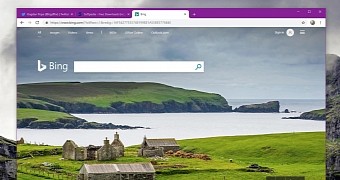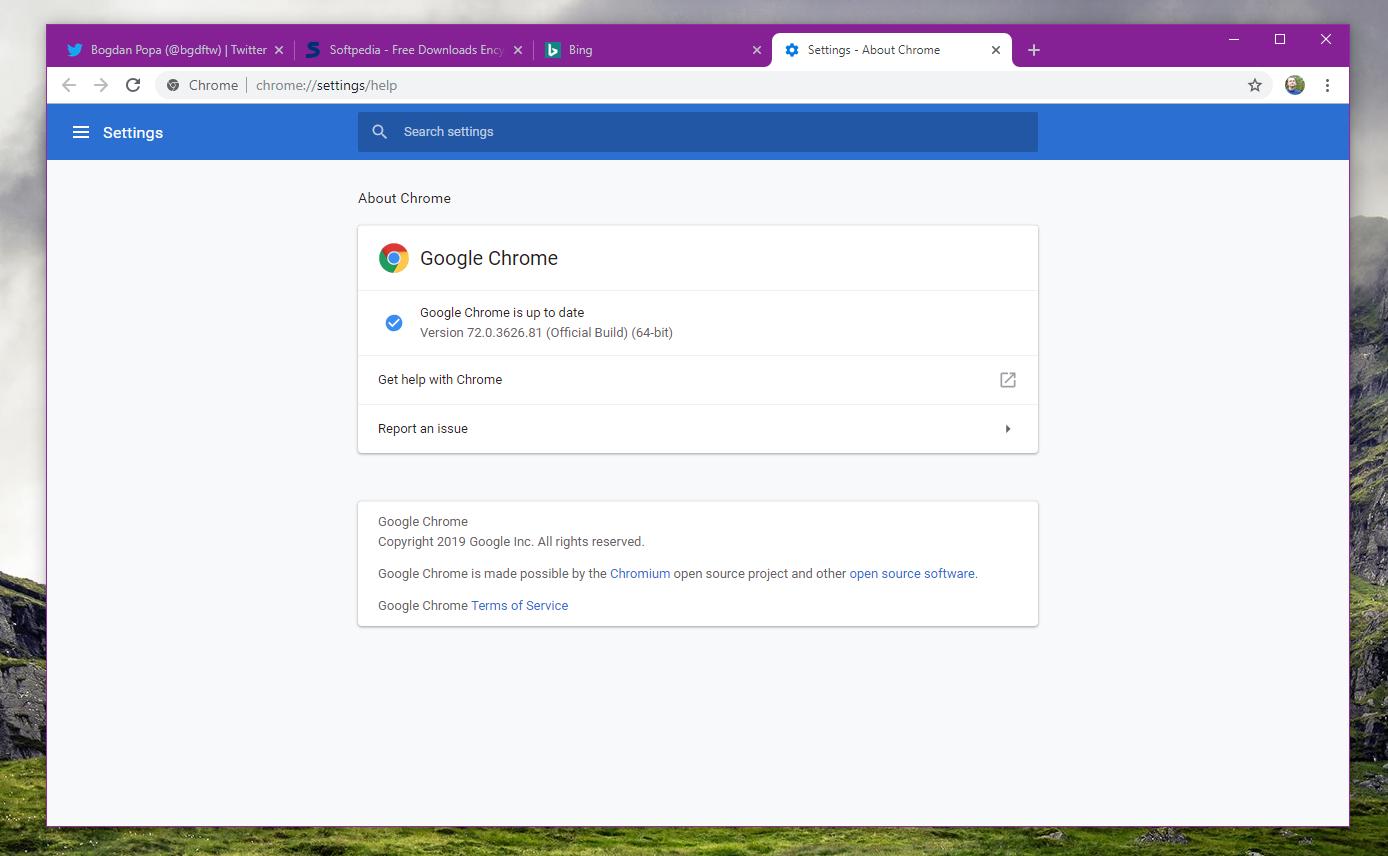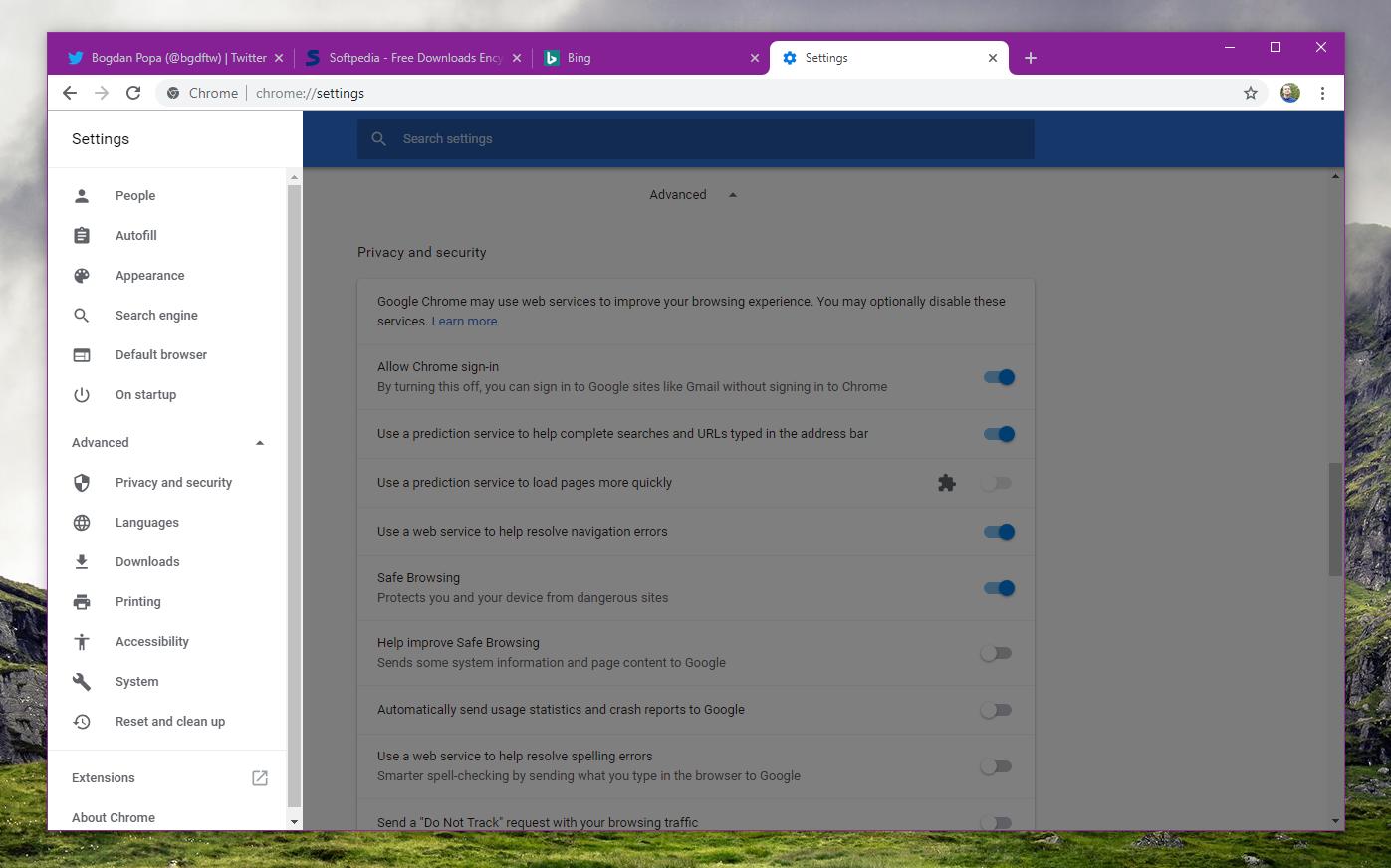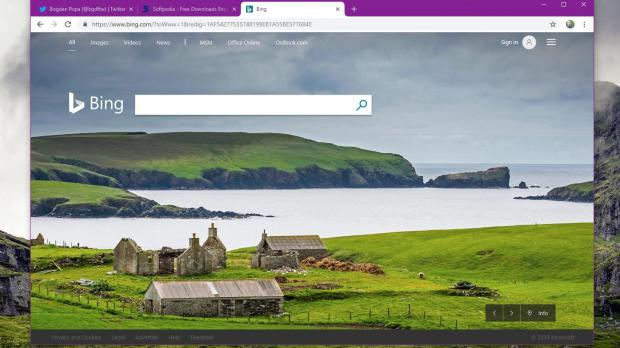Google Chrome 72 is now available for download on all supported platforms, and while the changelog does not include too many new features, the changes under the hood are significant, to say the least.
One of the improvements coming to Google Chrome with this new release concerns app stability, as the search giant has tried to reduce the likelihood of app crashes when browsing the web.
Needless to say, seamless browsing is critical for every user, and given the market share of Google Chrome, it’s pretty clear the company just had to insist on this kind of improvements. More than 65 percent of the world’s desktop computers currently run Google Chrome, despite the native browser they ship with.
With the introduction of version 72, Google Chrome makes a major step towards addressing one of the main causes of app crashes: code injections.
First of all, let’s see what a code injection actually is. Back in the days when the concept of extensions was still in its early days, the only way for third-party applications to interact with Google Chrome and offer additional functionality to users was to inject code in the browser.
Take an antivirus solution, for example. In order to detect dangerous websites or malicious downloads, security software needed to inject code in the browser and thus keep an eye on what users were doing when running Google Chrome.
At that point, such an approach just made sense, but the more the extension ecosystem improved, the more obvious it was becoming that injecting code would no longer be necessary.
However, there still are apps out there that need to do this, and Google says these are causing no less than 15 percent of all crashes that Google Chrome experiences, regardless of platform. As a result, resolving this problem was absolutely necessary.
Google’s efforts to address this main reason for app crashes started nearly one year ago with the introduction of Google Chrome 66. At that point, the application just displayed a warning to users just after the browser recovered following a crash, letting them know that code injection was the culprit for the issue.
This push continued with the release of Google Chrome 68 in mid-2018, which started blocking third-party software that blocked code injection, though it happened with some limitations. If the browser failed to start because of the restriction, the code injection was allowed, but a warning was then displayed to the user to let them know what happened.
Finally, Google Chrome 72 comes to finalize this new approach and completely block code injections in the browser, which means that third-party software should no longer work with it, but at the same, everything should run much smoother.
There are things that you need to know, though. Code signed by Microsoft won’t be blocked, as per Google’s only policy. Accessibility and IME software is also allowed to get past the restriction, as they are typically tools that are absolutely required for some users.
Overall, not allowing third-party applications to inject code in Google Chrome should result in significantly improved performance for the browser, not only when launching the app, but also when loading websites.
Of course, you may not notice any major difference at first, but given that the whole purpose of this update is to reduce the number of crashes, this is actually the right way to go.
As always, users are recommended to update to the latest version of Google Chrome as soon as possible, as the new release also includes plenty of security fixes and under-the-hood improvements.

 14 DAY TRIAL //
14 DAY TRIAL // 



